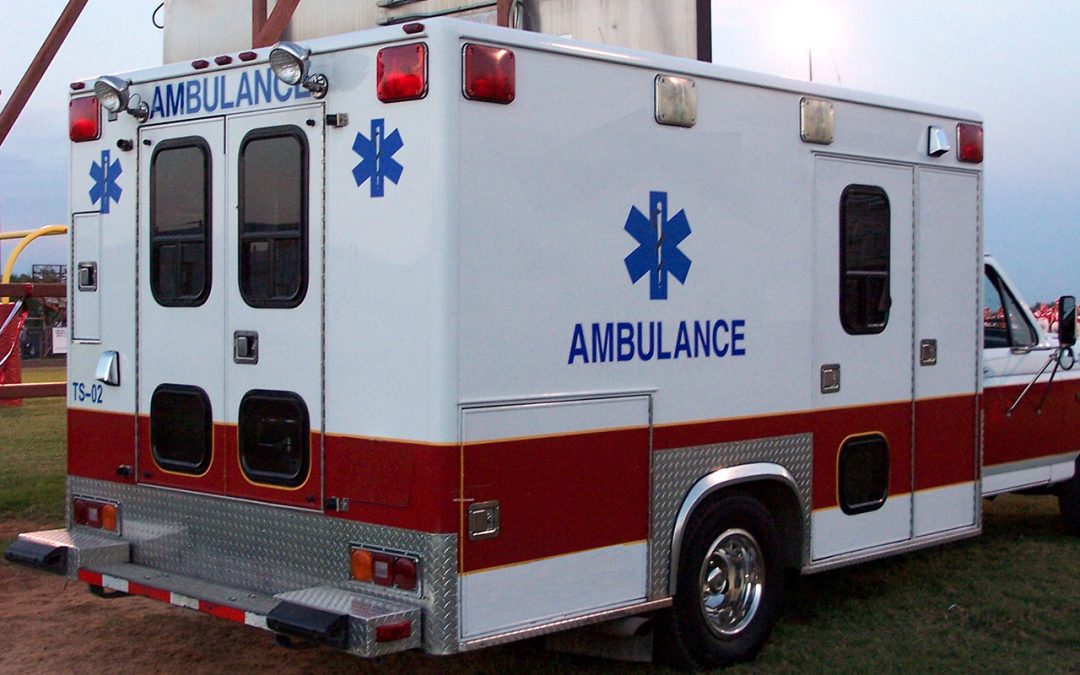As I reflect in early retirement on my years of practice, I am a little surprised that I am losing the names of many of my patients. I saw thousands of patients in more than a hundred thousand office visits and stood at the bedsides of thousands more in hundreds of tours of duty as the hospital-based cardiologist on call for my practice; but now, without the refresher of a recent visit, even some of the most active patients are becoming a memory without a name. It is interesting to me that I can still see a patient’s face and EKG in my mind’s eye and relate minute details of their history but not have a name to go with the collection of stored data.
Losing names is not what disturbs me most as I think back over my years of practice. What disturbs me most are all of the opportunities I lost, even after I had decided to try to be a part of the solution, to make a meaningful contribution to the improvement of patient care. What really disturbs me is how hard it was to work in an environment of waste before the advent of Lean. As hard as that was, it has been even harder to break out of the environment of waste.
The biggest waste, the one that bothers me most in retrospect, was the time I could have spent doing for patients what I alone could do instead of spending that time on tasks that a poorly engineered system required me to do but that could have been done much more efficiently by another staff member.
Lean talks about the basic eight wastes in systems. There are different mnemonics to describe them but I favor “TIM P. WOOD”. I have lifted a description of the eight wastes from a Healthcare Finance News interview done a few years ago with Marc Hafer, one of my Lean mentors. I did just a little editing. Click the link if you are interested in the whole article.
Healthcare Systems’ 8 Wastes:
- Transportation: Transportation is entirely non-value-added. It contributes nothing to patient care. It adds to delays and increases likelihood there will be defects and dissatisfaction. Transportation includes moving patients from one department to the next, shifting supplies and equipment and moving instruments from sterile processing areas to the O.R. and back again – and even patients’ travel to and from the hospital itself.
- Inventory: Inventory can include pharmaceuticals, supplies, and patients, too, if you consider a waiting room in a hospital. The replenishment system should be based on use as opposed to some forecast. “Only what’s needed when it’s needed is a good approach with inventory.”
- Motion: Unnecessary reaching, bending, twisting, and turning. These motions are all ergonomic issues abundant within healthcare. Clinicians are injured because processes like transporting a patient from wheelchairs to beds aren’t designed ergonomically. Staff takes time off for rehabilitation when unnecessary motions incapacitate them, which can result in a loss of productivity and enhance overall costs.
- People: Unused human potential. With all the waste that already exists in healthcare, the last thing clinicians need to do is more non-value added work, yet it happens all the time.
- Waiting: Patients waiting for treatments, clinicians waiting for supplies… as clichéd as it sounds, time is money; and sometimes it’s a matter of safety, too. There are some medications that need to be administered within a certain amount of time after a reaction or a procedure. Waiting can diminish the quality of the pharmaceutical and its effectiveness.
- Overproducing: Overproducing is creating more of something than what’s exactly needed. Sending medications to a patient’s room that won’t be used because the patient has already been discharged is an example. Along the same vein, this type of miscommunication between departments can also extend a patient’s stay which is another form of overproduction. Other examples include repetition of diagnostic tests and the multiple registrations a patient has to endure when checking in. It’s a laborious, unnecessary process and one time should be sufficient.
- Overprocessing: Creating reports that don’t get read or aren’t useful, administering duplicate tests – doing things where you produce 105 percent when you only needed to give 100 percent is processing waste.
- Defects: There are countless defects within healthcare situations, such as hospital-acquired infections, early discharges that lead to readmissions, incomplete medical records or instrument kits in the ER and inaccurate medical billing. In many circumstances, these defects are covered-up through reworks and workarounds.
Just reading the list of wastes now causes me to bristle as I can remember specific moments when the time of a patient or my time was a victim of one of these states of dysfunction that are so ubiquitous in ambulatory practice. I must also admit to the sin of frequently being a part of the waste problem. We physicians sometimes waste resources because we think the patient needs reassurance. That was the sin I most frequently committed. I knew I was doing something that was unnecessary and did it anyway, blaming the patient’s insistence or his or her inability to understand why the test or treatment was unnecessary. Sometimes I rationalized the justification for that extra stress test or echocardiogram because I needed to gain the patient’s confidence.
I do not regret a minute of the time I invested in patient care, and in retrospect I was trapped in time and space. The way forward toward my “box 3” ideal state of practice was a slow journey that was taking longer than the time I had left to practice.


